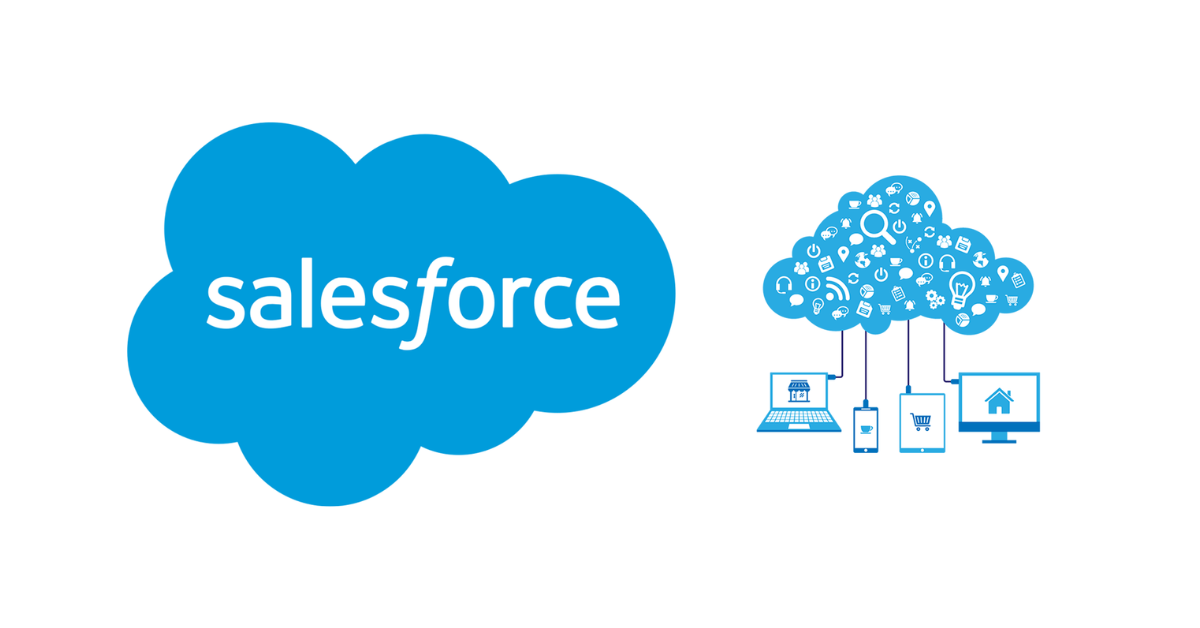The bustling heart of Northern Virginia, Alexandria, houses businesses of all sizes, particularly for the life sciences industry. As your business in this vibrant place looking for a CRM tool to streamline operations, improve customer relationships, and drive growth, Salesforce often wins hands down. It is one of the top CRM software in the world.
CRM implementation involves the process of setting up and integrating your CRM system, including software installation, configuration and training.
However, there is a catch. Implementing a Customer Relationship Management (CRM) system like Salesforce can be a tricky business. Official reports suggest a significant failure rate, ranging from 30% to a staggering 70%. This isn’t surprising when you consider the intricate IT processes involved, which can challenge even seasoned Salesforce professionals. Furthermore, as your Salesforce instance grows and data accumulates, the task of data clean-up and ongoing management can become increasingly complex.
The truth is, effectively managing Salesforce isn’t a walk in the park. That’s precisely why partnering with a skilled Salesforce implementation expert makes so much sense.
In this blog, we’ll guide you through the essential steps to identify and select the ideal Salesforce implementation partner right here in Alexandria. But before we dive into the “how,” let’s quickly define what we mean by a “Salesforce expert.”
What is a Salesforce Implementation Expert?
A Salesforce implementation partner refers to a third-party consultant who specializes in Salesforce implementation. They are accessed and accredited by Salesforce as a partner. You can hire them to implement and administer your CRM or audit and fine-tune your current Salesforce ecosystem.
Finding the Right Salesforce Implementation Expert in Alexandria
Proven Salesforce Expertise
Look for professionals with certifications such as Salesforce Administrator, Salesforce Platform Developer, or Salesforce Consultant. Such certifications ensure their technical expertise and their commitment to staying updated with Salesforce’s evolving features.
Industry Knowledge
If you’re in a specialized field like government contracting, healthcare, or nonprofit, choose an expert with experience in your industry. For example, a federal solutions company in Alexandria will likely have Salesforce experts who understand federal regulations, security clearances, and compliance frameworks like FedRAMP. This industry-specific knowledge ensures your Salesforce system meets all necessary standards.
Customization Capabilities
Each company is different, so as your Salesforce implementation. The point is here that no two companies can be same when it comes to Salesforce implementation.
A quality expert will invest the time it takes to learn about your workflows, problems, and objectives before customizing the platform for you. Steer clear of one-size-fits-all solutions, which create inefficiencies.
Good Communication Skills
If you are not a tech savvy person or technical terminology sounds Greek to you, then make sure your Salesforce partner is able to explain things in layman’s language. They should be using technical terms and terminology you can understand, and keeping you updated at every step. Also, see if they respond to your feedback and questions.
Training and Support
A successful implementation doesn’t end with the launch. Your team needs training to use Salesforce effectively, and your system requires ongoing maintenance. Choose an expert who offers comprehensive training programs and post-implementation support to ensure long-term success.
Local Presence
While remote work is common, there’s value in partnering with a local expert in Alexandria. A local federal solutions company or Salesforce consultant can meet in person, attend on-site training sessions, and better understand the regional business landscape. This is especially important for federal clients who prioritize proximity and accessibility.
Steps to Find the Right Salesforce Implementation Expert in Alexandria
Now that you know what to look for, here’s a step-by-step guide to finding the best Salesforce implementation experts in Alexandria:
- Define Your Goals: What do you want to achieve with Salesforce? Are you focused on improving customer service, automating workflows, or meeting compliance requirements? Clear goals will help you find an expert with the right skills.
- Research Local Experts: Use online directories, LinkedIn, or Salesforce’s partner portal to identify consultants and companies in Alexandria. Look for those with a strong presence in the federal or regulated sectors.
- Check Credentials: Verify certifications, client reviews, and case studies. If possible, contact past clients to get firsthand feedback.
- Request Proposals: Reach out to a shortlist of experts and ask for detailed proposals. Compare their approaches, timelines, and pricing.
- Interview Candidates: Meet with potential experts to discuss your needs. Assess their communication style, industry knowledge, and enthusiasm for your project.
- Evaluate Post-Implementation Support: Ask about training, maintenance, and ongoing support. A good expert will be a long-term partner, not just a one-time vendor.
- Make Your Choice: Select the expert or company that best aligns with your goals, budget, and timeline.
Common Mistakes to Avoid
When choosing a Salesforce implementation expert, watch out for these pitfalls:
- Focusing Only on Cost: The cheapest option may cut corners, leading to a subpar implementation. Prioritize value over price.
- Ignoring User Adoption: A great system is useless if your team doesn’t know how to use it. Ensure your expert emphasizes training.
- Overlooking Scalability: Your Salesforce system should grow with your business. Avoid short-term fixes that won’t scale.
- Skipping Due Diligence: Don’t rush the selection process. Take time to vet candidates thoroughly.
Why Invest in a Salesforce Implementation Expert?
Hiring Salesforce implementation experts in Alexandria is an investment in your business’s future. A well-implemented Salesforce system can save time, reduce costs, and drive revenue by empowering your team and delighting your customers.
By choosing the right expert, you’re not just implementing a CRM—you’re building a foundation for long-term success. Whether you’re a small business looking to streamline operations or a government contractor navigating complex regulations, Alexandria’s pool of Salesforce talent has you covered.
Conclusion
Finding the right Salesforce implementation experts in Alexandria doesn’t have to be overwhelming. By focusing on expertise, industry knowledge, and a tailored approach, you can find a partner who will bring your Salesforce vision to life. For businesses in the federal space, a federal solutions company can provide the specialized skills needed to succeed in a regulated environment. Take the time to research, evaluate, and choose wisely—your business deserves nothing less than the best.
Ready to transform your business with Salesforce? Start your search for the perfect implementation expert in Alexandria today, and unlock the full potential of this powerful platform.














